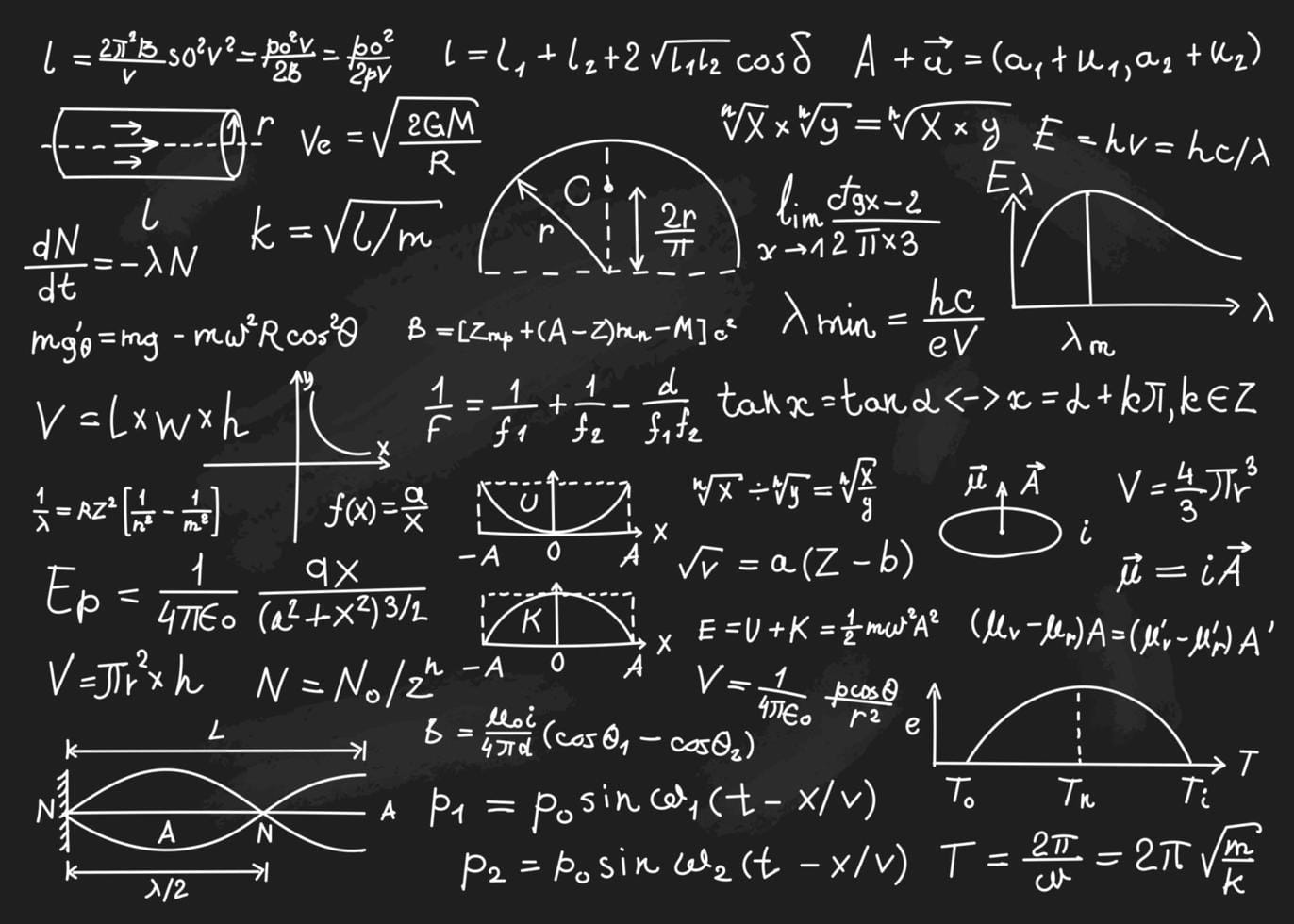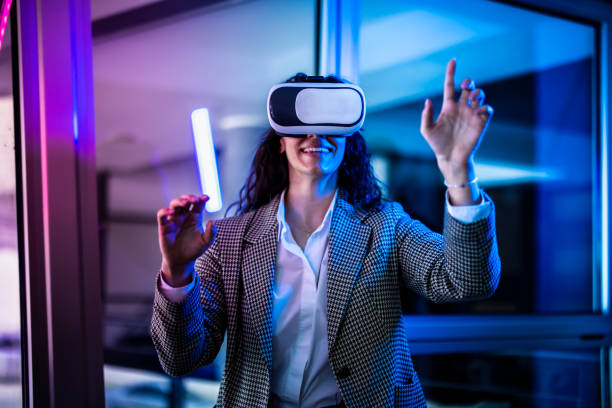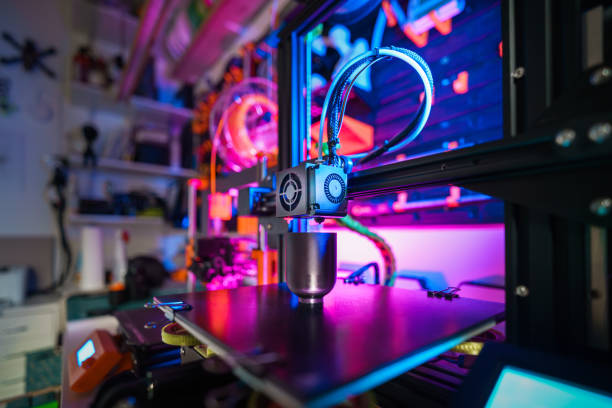In a quiet research lab at Texas A&M University, a new kind of intelligence is learning to read the language of the universe. Unlike the brilliant human minds that have spent decades, even centuries, grappling with nature’s mysteries, this one is faster, more tireless, and astonishingly precise. It does not need sleep. It does not doubt. And it does not forget.
It’s not a person—it’s artificial intelligence.
For Dr. Shuiwang Ji, this moment marks something profound: the beginning of a new era in scientific discovery. Ji, a professor in the Department of Computer Science and Engineering at Texas A&M, is a leading figure in AI4Science, an emerging discipline that marries artificial intelligence with the most intricate problems in science and engineering. What he’s helping to build is not just software—it’s a paradigm shift in how we think, explore, and understand the natural world.
The old way of doing science—painstaking experimentation, laborious calculations, years of trial and error—is being reimagined. With AI, problems that once took decades to decode are now yielding their secrets in days, or even hours. This is not just acceleration. It is transformation.
Understanding Nature’s Code
At the heart of every scientific theory lies a shared grammar: mathematics. From quantum mechanics to fluid dynamics, from molecular biology to thermodynamics, the universe speaks through equations. And at the core of these equations are differential systems—mathematical expressions that describe how things change over time and space.
In theory, if we can solve these equations, we can predict how atoms move, how planets orbit, how drugs interact with cells, or how new materials will behave under pressure. But there’s a catch. As Ji explains, “The fundamentals of these systems are ruled by differential equations, but the complexity of these equations significantly increases as the systems grow.”
That increase isn’t linear. It’s exponential. Solving Schrödinger’s equation—one of the foundational equations of quantum mechanics—is feasible when you’re modeling a pair of electrons in a box. Add just a few more particles, and the number of possible interactions explodes. Suddenly, the math becomes too vast for even the world’s fastest supercomputers to handle.
This is the curse of dimensionality, and it’s plagued science for generations. Until now.
AI4Science: The Emergence of a Transformative Tool
Ji and his colleagues have helped usher in the field of AI4Science, which harnesses the pattern-recognition capabilities of artificial intelligence to unlock solutions to equations that would otherwise remain inaccessible. Their recent paper—spanning more than 500 pages and authored by over 60 researchers from 15 leading institutions—is not just a technical manual; it’s a manifesto for a new scientific method.
Published in Foundations and Trends in Machine Learning, the paper outlines how AI is not simply another tool in the scientist’s belt—it is becoming the very fabric of modern research. In this new model, data is no longer just an outcome of experiments. It becomes the raw material for intelligent algorithms that can learn, adapt, and propose hypotheses faster than any human ever could.
The implications are vast. “We are using AI to accelerate our understanding of science and design better engineering systems,” says Ji, who also leads the RAISE Initiative—Texas A&M’s Research in Artificial Intelligence for Science and Engineering—a program uniting more than 85 faculty across disciplines.
This initiative isn’t just about faster computing. It’s about reimagining the very architecture of discovery.
From Drug Discovery to Material Design
The applications of AI4Science are already beginning to ripple through key areas of research. In pharmaceutical development, for example, the process of identifying promising drug candidates has historically been a game of narrowing down millions of molecules through expensive and time-consuming lab work. Now, AI models trained on vast biochemical datasets can predict molecular interactions, toxicity levels, and absorption rates before a single compound is synthesized.
Similarly, in materials science, researchers use AI to search the virtually infinite space of atomic arrangements to find new superconductors, alloys, and polymers. What used to require years of synthesis and trial can now be simulated digitally in minutes. “We’re looking at a future where we can custom-design materials with atomic precision,” Ji says.
Even batteries—the lifeblood of the clean energy revolution—are being reimagined. AI models are helping to identify better electrode materials and predict how those materials degrade over time. The result: longer-lasting, more efficient energy storage systems that could transform everything from smartphones to electric vehicles.
At each step, AI doesn’t replace the scientist—it enhances them. It extends intuition with data. It turns curiosity into code.
The Quantum Frontier
Among the most tantalizing promises of AI4Science is its ability to tackle the quantum world—a realm so counterintuitive that even Einstein struggled to accept it. Schrödinger’s equation is the Rosetta Stone of quantum mechanics, describing how particles behave at the subatomic level. But solving it for real-world systems—complex molecules, interacting electrons, or entire quantum materials—has long been a nearly impossible task.
Now, researchers are training deep learning models to approximate these solutions with uncanny accuracy. Instead of spending weeks solving a quantum chemistry problem, scientists can feed the structure of a molecule into an AI model and receive predictions in seconds. These aren’t just guesses—they’re rigorously trained approximations validated by experimental data.
This means better drugs, more efficient solar panels, and potentially even breakthroughs in quantum computing itself.
As Ji puts it, “The goal of natural sciences is to understand the world on different temporal and physical scales… AI is helping us cross those boundaries.”
Engineering at the Speed of Thought
In classical engineering, you build, you test, you iterate. It’s a process of progressive refinement, full of dead ends and incremental gains. But what if you could invert that model? What if you could simulate every possibility before lifting a single tool?
That’s the promise AI4Science brings to fields like aerospace, civil engineering, and robotics. For example, AI-driven fluid dynamics models are helping aerospace engineers design more aerodynamic aircraft, while machine-learning algorithms trained on seismic data are aiding civil engineers in constructing buildings that better withstand earthquakes.
And in robotics, AI is helping machines not just mimic human motion, but improve upon it—designing mechanical systems that adapt in real time to their environments. The machines, in a sense, are learning physics from scratch—and doing it better than we ever could.
Human Curiosity, Amplified
For Ji, the power of AI is not in replacing human intuition, but in augmenting it. “I have a curiosity for fundamental science,” he says. “It drives many areas of research because of the shared principles and governing equations.”
That curiosity—the spark that once drove Newton to ask why apples fall, or Marie Curie to peer into radioactive light—is still at the core of all science. What’s different now is that we have a collaborator. An intellect that doesn’t grow tired. A partner that can spot patterns hidden in noise. A tool that doesn’t just calculate—it illuminates.
The beauty of AI4Science is not just in what it solves, but in how it changes the way we ask questions. No longer do we need to wonder whether a problem is computationally solvable. Instead, we can ask: What could we discover if time and complexity were no longer barriers?
Beyond the Horizon
The path forward is not without challenges. AI models must be carefully trained and validated. They require transparency and interpretability. And ethical concerns must guide their development, especially in fields like medicine, where lives hang in the balance.
But the momentum is undeniable.
AI4Science is not a futuristic vision—it is happening now. And it’s rewriting the rules of what science can be. For researchers like Dr. Shuiwang Ji and his global collaborators, this is not just a technical revolution. It’s an intellectual renaissance. It’s a rediscovery of wonder, amplified by algorithms, and grounded in the timeless pursuit of understanding the world around us.
We are not witnessing the end of human discovery. We are witnessing its rebirth.
Reference: Xuan Zhang et al, Artificial Intelligence for Science in Quantum, Atomistic, and Continuum Systems, Foundations and Trends in Machine Learning (2025). DOI: 10.1561/2200000115






